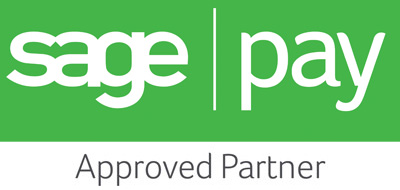Building and Leveraging Pillar Pages
What is a pillar page?
A pillar page might also be called a content hub – it's a page on your website that acts as a sort of summary and signpost for information about a certain theme. Let's suppose you run an online haberdashery store and you have a lot of useful blog content that your visitors could be missing out on. Pillar pages will help organise your content into useful pillars of knowledge (or hubs) so your readers can easily find relevant information. You might have pillar pages for curtain making, quilting, needlepoint, garment making, knitting/crochet and repairs that organise all the relevant content into one place. You can link some bits of content to multiple pillar posts if they have relevance to different topics.
This sounds like a lot of work, what's involved?
The chances are you already tag your blog content by category, so you've already got the content and a guide to which articles are relevant to which categories. This really is the bulk of the work. The pillar page itself should have original content, rather than bits and pieces pasted directly from the articles to which it links. This shows Google that the pillar page is not only new content, but that it has authority by linking to so many internal (and hopefully high ranking) pages within your site. For most companies, writing and structuring the pillar page, then building it, is all that needs doing. It's a bit like re-organising your spice rack, or tinned food cupboard at home. All the stuff is already there, it just needs a good sort out.
How do we actually structure a pillar page?
There's no one-size-fits-all template here because no two industries are exactly the same. If you have website visitors with different levels of knowledge, looking for simple and complex information, you should start with your introductory content, but provide a quick link to the bottom of the page where more in-depth material is covered. In the case of the haberdashery store example, the pillar page for curtains might follow a chronological structure, beginning with curtain poles and attachment options, moving to fabric choice, lining choice, measuring the window and drop, and finally how to actually make curtains of different styles. Using your customer persona profiles and customer journey knowledge will pave the way for you.
Should I link every piece of relevant content to my pillar page?
This depends on the performance of your individual blogs. Sometimes you may have some crossover with certain topics (and if you refresh and repost content it's wise to only link the latest iteration to the pillar page) so it's best to link your most popular content rather than absolutely everything. A pillar page is supposed to help potential customers learn more about your products and how they'll make their life easier, so don't put them off by overloading them with duplicate, or similar content right away. Using your best performing content shows Google that the pillar page is very authoritative and trustworthy, which are two of the things Google (and your customers) love to see.
With our expertise in website design, build and marketing, Parua are perfectly placed to help you design and create your pillar pages.
